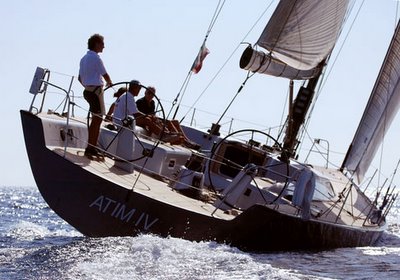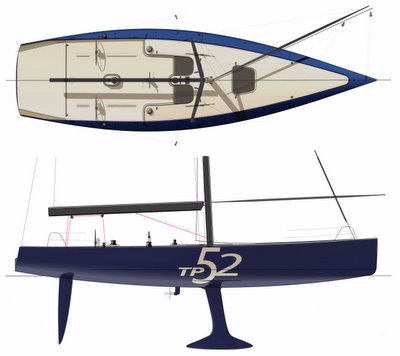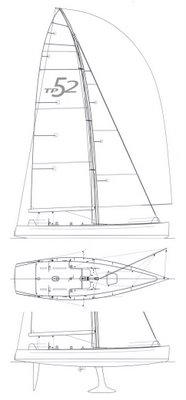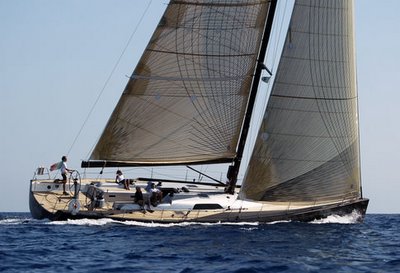The PYD Picco Yacht Design studio, founded in 1994 by the naval architect Massimo Picco, designs and realizes Yachts ranging from 20 to 150 feet.
They are divided into four principal sectors, Custom - Racer - Production - Power

Not only PYD studio's activity concerns yacht designing but also every single aspects of yacht construction: from the building management to the optimization of production engineering till the promotion of the final product.
Aesthetics, Functionality and Performance are the leading concepts of PYD Studio.
Its team is made up of very talented and skilled experts in the various sectors of yachting. In order to increase the internal know-how,
PYD Studio, during the various planning phases, is supported by outside consultants coming from the main industries of the sector; specialists in Aerodynamics, Hydrodynamics, Engineering, Boat Building, Sail Design, Mast Builders.
As the same the post-production phase is supervised by financial and insurance experts.
________________________________
PYD Picco Yacht Design
c.so Milano, 156 37138 Verona – Italy
+39 045 810.41.46
info@piccoyachtdesign.com
www.piccoyachtdesign.com
They are divided into four principal sectors, Custom - Racer - Production - Power

Not only PYD studio's activity concerns yacht designing but also every single aspects of yacht construction: from the building management to the optimization of production engineering till the promotion of the final product.
Aesthetics, Functionality and Performance are the leading concepts of PYD Studio.
Its team is made up of very talented and skilled experts in the various sectors of yachting. In order to increase the internal know-how,
PYD Studio, during the various planning phases, is supported by outside consultants coming from the main industries of the sector; specialists in Aerodynamics, Hydrodynamics, Engineering, Boat Building, Sail Design, Mast Builders.
As the same the post-production phase is supervised by financial and insurance experts.
________________________________
PYD Picco Yacht Design
c.so Milano, 156 37138 Verona – Italy
+39 045 810.41.46
info@piccoyachtdesign.com
www.piccoyachtdesign.com





















